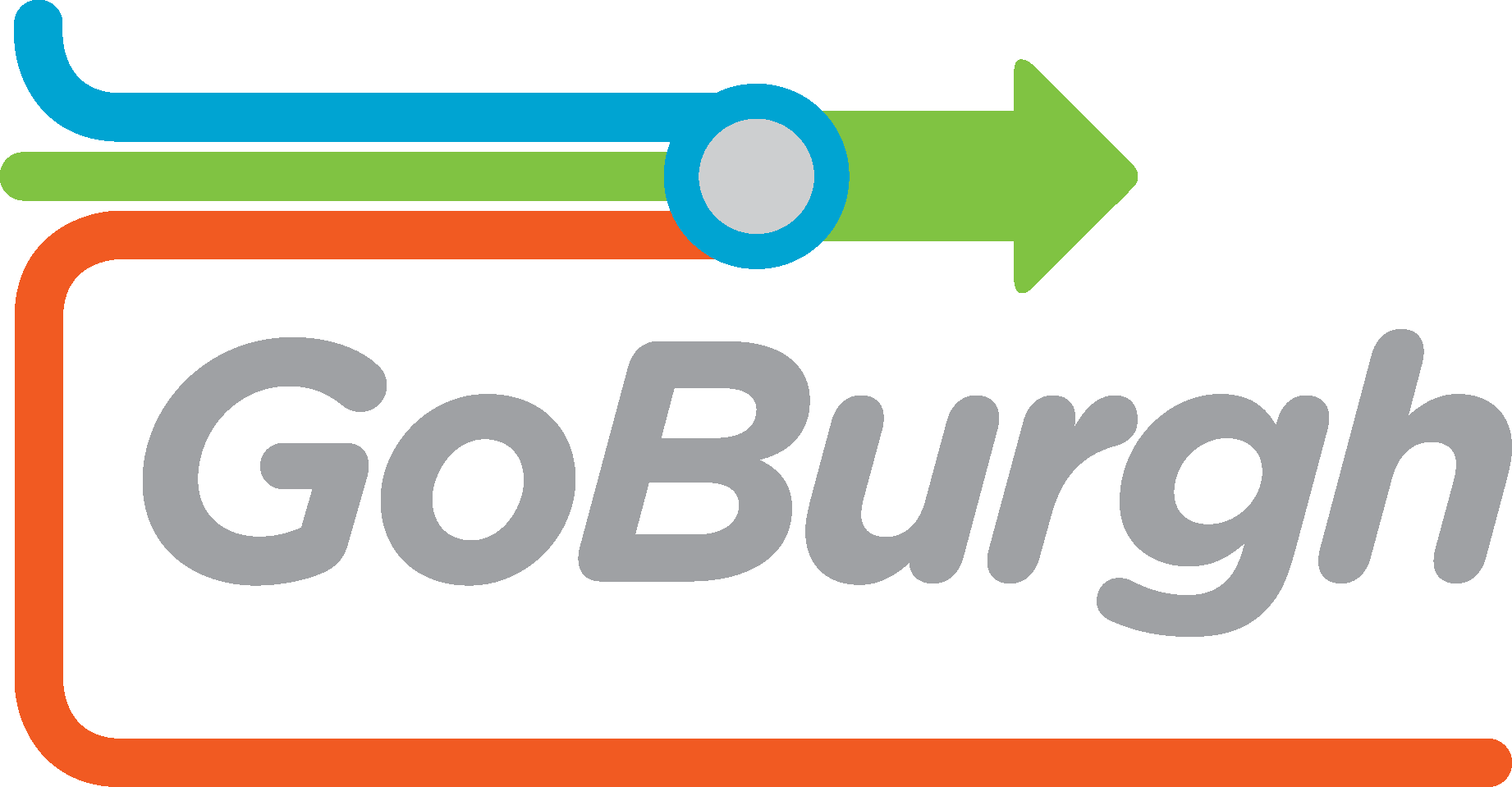FAQ
Q: Why should I care about transit funding if I don’t ride the bus?
A: Public transit is an economic driver, bringing thousands of people to jobs every day across the region, including 54% of Downtown Pittsburgh workers.
Cuts in transit service affect everyone. They result in increased congestion (longer travel times, higher pollution, etc.) They can also result in new costs to taxpayers in the form of road maintenance, due to increased wear, and parking construction, due to increased demand.
Q: Is there still a funding issue?
A: Yes! The August 21, 2012 agreement between the Commonwealth of Pennsylvania, Allegheny County, Amalgamated Transit Union Local 85, and Port Authority of Allegheny County resulted in sufficient funding to postpone the scheduled 35% transit cuts for one year. A new source of long-term, dedicated transit funding is needed to prevent future transit funding crises.
Q: How is transit funded in Allegheny County?
A: Port Authority is funded by a combination of earned revenue and public contributions. For the 2013 fiscal year, that breaks down as follows:
State Operating Assistance 47%
Passenger Revenue 30%
Grants and Capitalization 15%
County Operating Assistance 8%
Q: Why is our transit system always short on funding?
A: Since the deregulation of the utilities in 1997, our state government has failed to find a new dedicated source of funding for transportation. In the meantime, other sources have been cobbled together and various attempts at new sources have failed. For example, Act 44 of 2007 hinged transportation funding on the tolling of Interstate 80, which the federal government did not allow. A lack of dedicated funding, combined with increasing costs due to inflation and retiree obligations, have resulted in regular budget shortfalls. New, additional funding is needed to cover these necessary costs and to maintain and grow transit operations.
Q: Is the need for funding caused by mismanagement?
A: No. In fact, Port Authority has cut costs each year that we have experienced a funding crisis and is continuing to seek ways to increase revenue and cut expenses. Port Authority has streamlined their administration and management operations from 10% of total workforce in 2007 to 5% in 2012, eliminating 3 out of 8 senior management positions since 2005. In 2010 (the most recent reporting year available), the percentage of budget that Port Authority spends on administration was the 4th lowest among 23 peer transit agencies nationwide. Port Authority has improved service efficiency by 19% in the time period from 2006 through 2012, and has retained more than 91% of 2006 ridership despite a 30% reduction in service hours.
New agreements with University partners will double operating income over the next five years. Additionally, all three university partners will convert to a smart card fare collection system, ConnectCard ( HYPERLINK "http://www.connectcard.org" http://www.connectcard.org - ‘ConnectCard’ will be a hyperlink on website), by the fall of 2015. ConnectCard is being implemented across Port Authority’s system, which will improve accuracy in ridership counts and provide a more convenient and efficient fare collection system.
New Transit Oriented Development (TOD) projects are also underway in partnership with the Allegheny County Economic Development Department (ACED) and the real estate development community. This will attract new ridership, generate income, and provide multiple benefits (including new real estate tax revenue) to neighborhoods and municipalities throughout the county.
In addition, through concessionary collective bargaining agreements in 2008, significant contributions have been made by Amalgamated Transit Union Local 85 (ATU #85), IBEW and Port Authority Police to ensure the continuation of transit service. These agreements include limited post-retirement health care, increased age and years of service for retirement eligibility, and increased employee contributions to pension. Additionally, Port Authority’s ATU #85 employees have agreed to pay 10.5% of salary to support their defined benefit plan.
Q: What about the North Shore Connector?
A: The North Shore Connector was a capital project. That means that it was funded completely separate from the transit agency's operating budget. The federal government provided significant funds for the Connector, but it does not provide any funds for transit operations in Allegheny County.
Q: Why doesn’t the federal government fund transit here?
A: Federal funds for transit agency operations are limited to small agencies.
Q: Why doesn’t the transit system sustain itself on fare box revenue?
A: Public transit is a public service and, nationwide, is only available because of public subsidy, just like roads and bridges. In 2010, only 32% of operating costs for public transit across the country were covered by fares.
Q: If sustainable funding is secured in Allegheny County, will I see a change in service?
A: A change in service would be dependent on a number of factors including, potentially, the source, governance and amount of the funding. It is important that we work together to understand what we want our transit system to be and then we can pursue the appropriate funding to achieve that vision.

